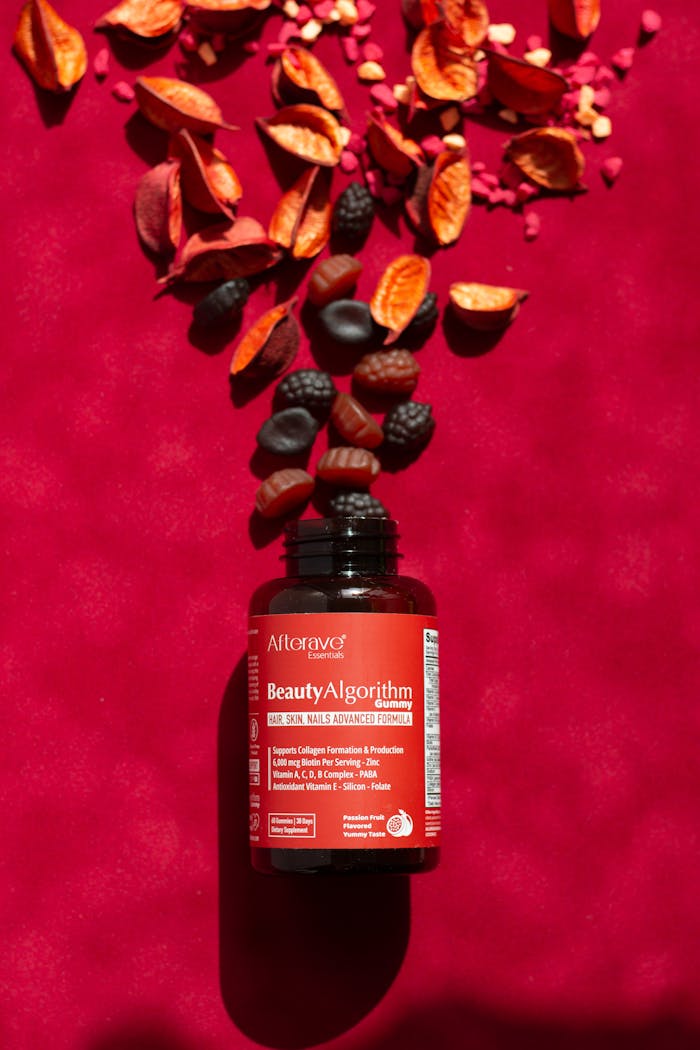
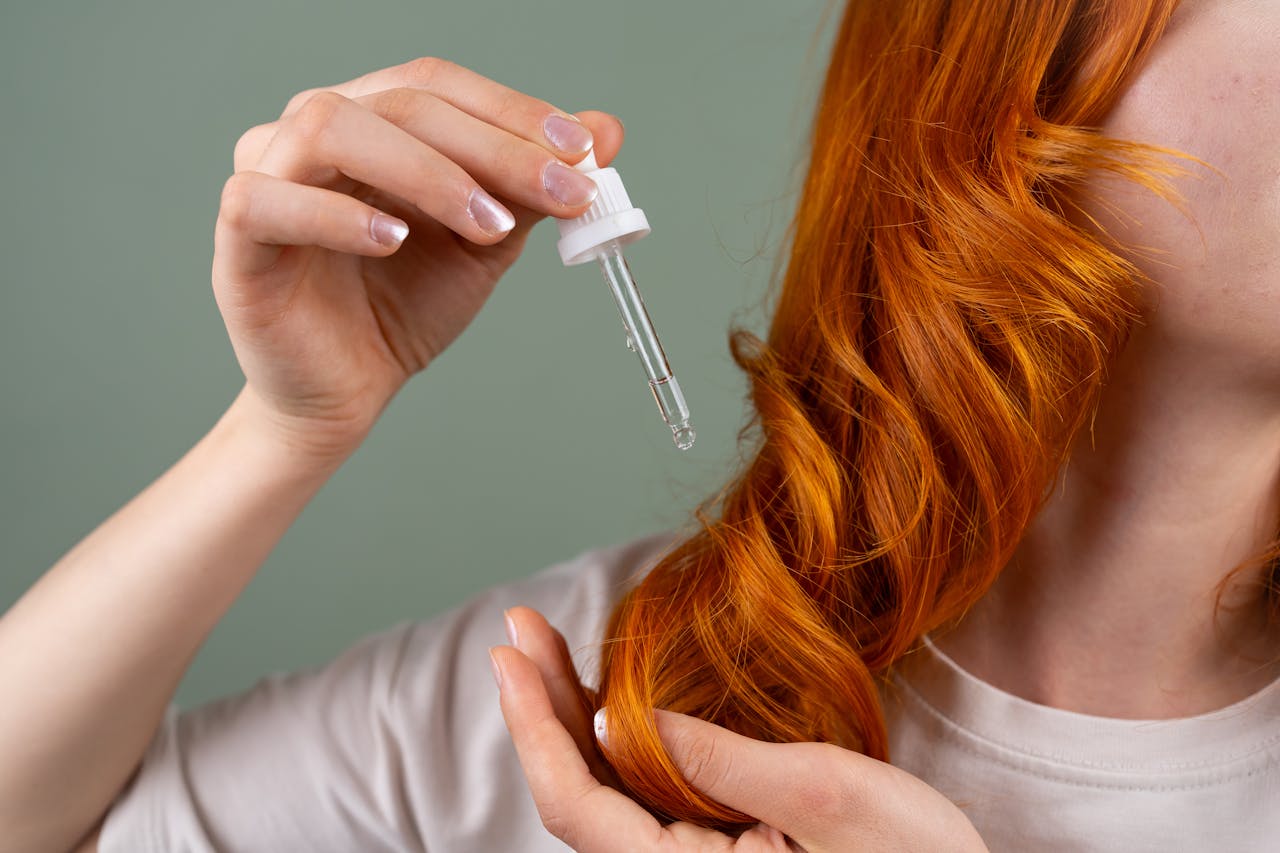
Our Services
why Choose Crown Hair Replacement in UK + Hair Story Network
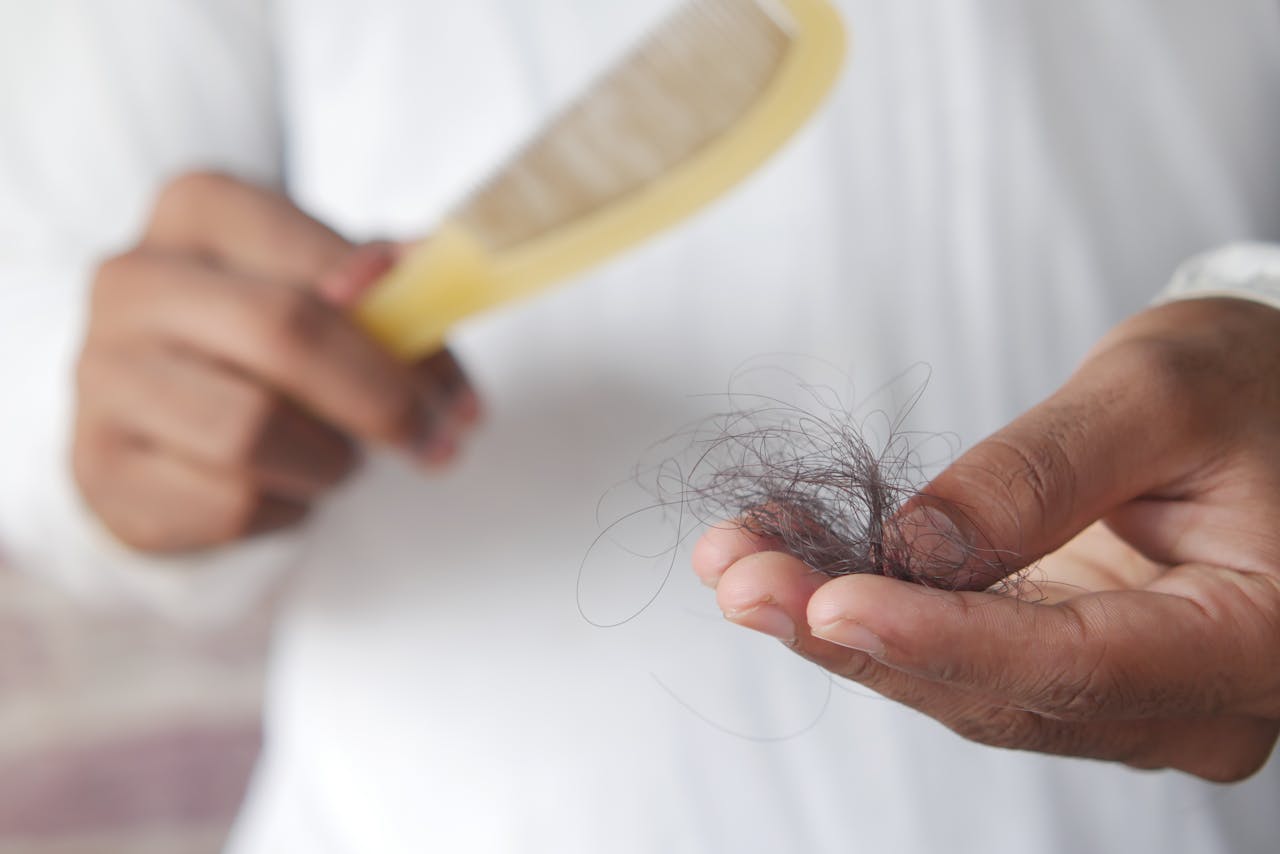

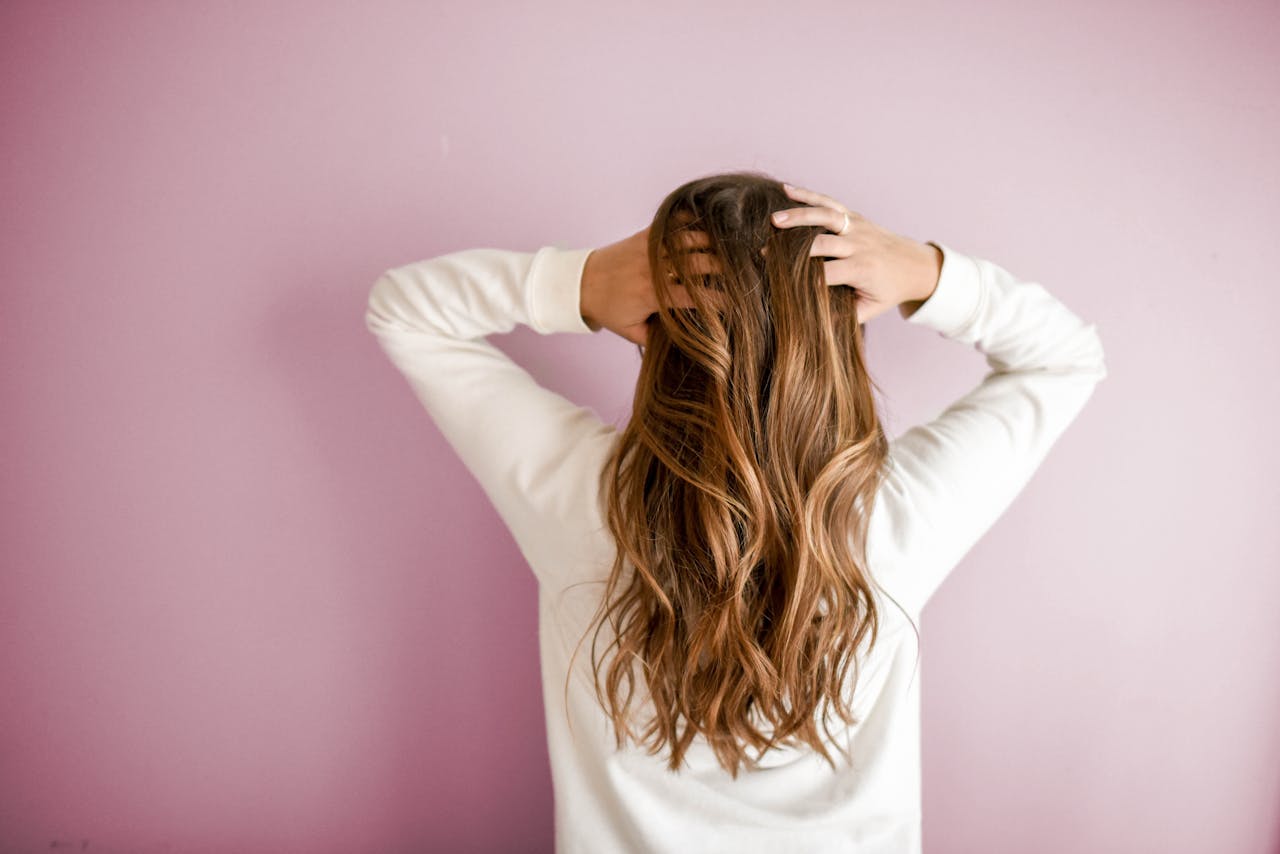

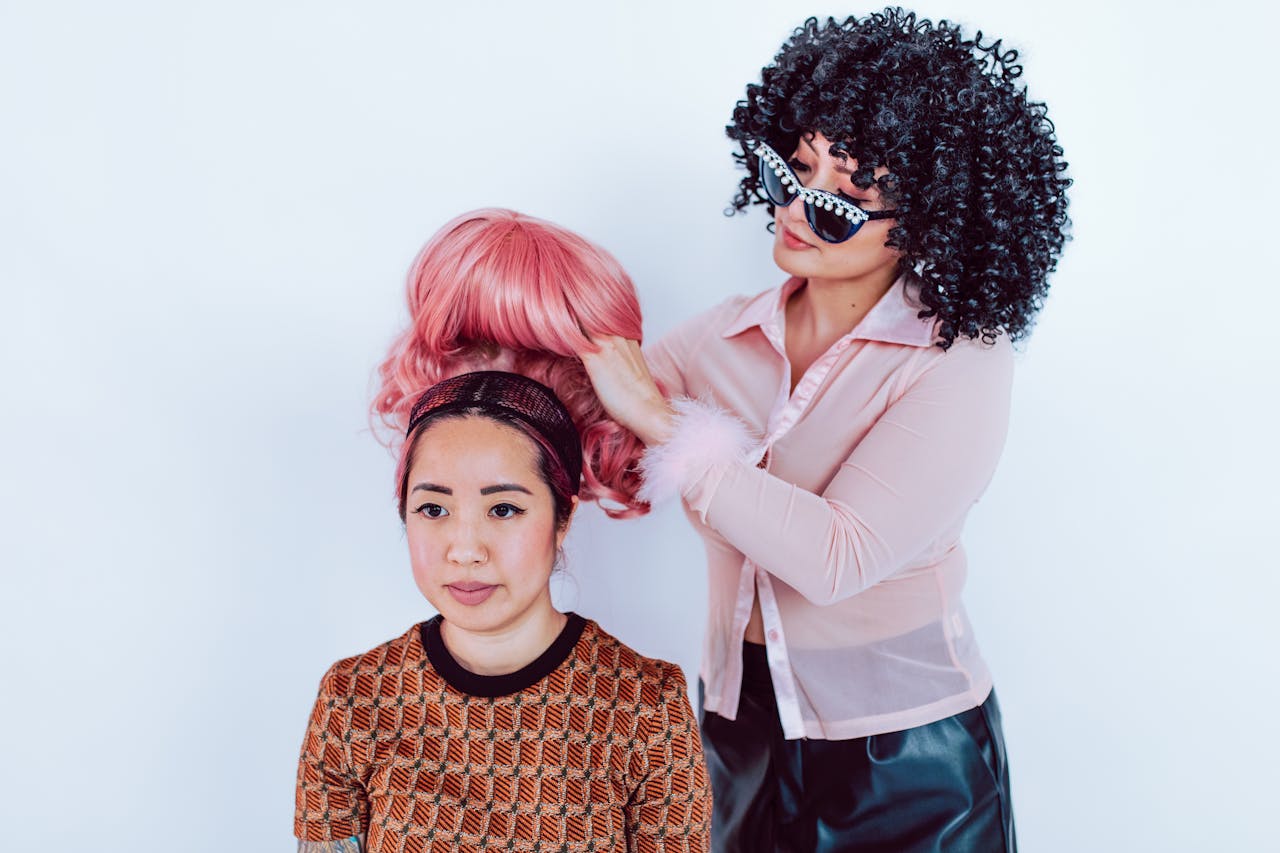
LOCATION AND cONTACT
Crown Hair replacement: book a free consultation
+
Years of Experience
+
Happy Customers
+
Team Members
%
Customer Satisfaction
regrow reviews – Client Feedback
Hear from Our Satisfied Customers
Thanks to Stages of Balding, I regained my confidence and have found a supportive community that truly understands my journey. The treatments work wonders!
I was skeptical at first, but the thinning crown solutions provided have truly made a difference in my hair and self-esteem. Highly recommend!
The personalized care and attention I received were beyond my expectations. My hair has improved, and I feel like myself again!






